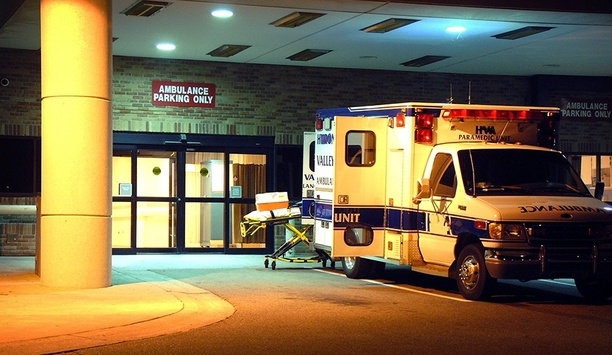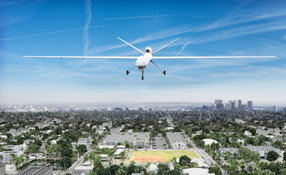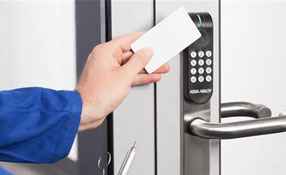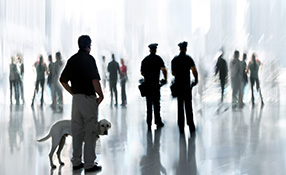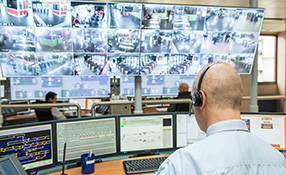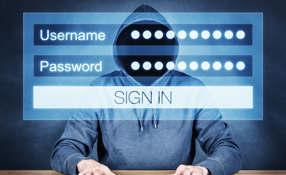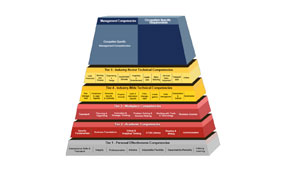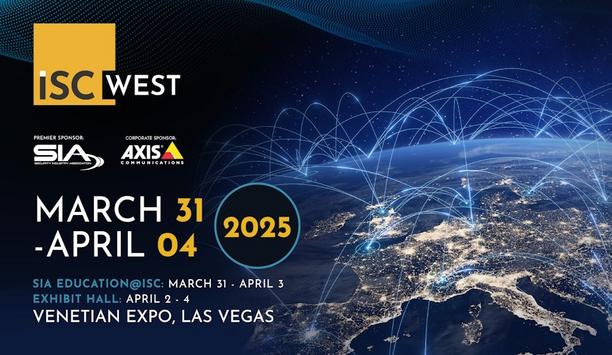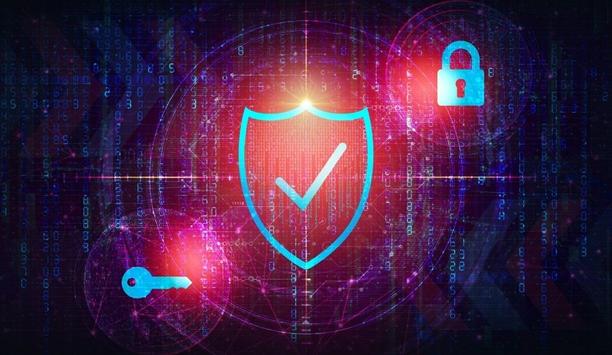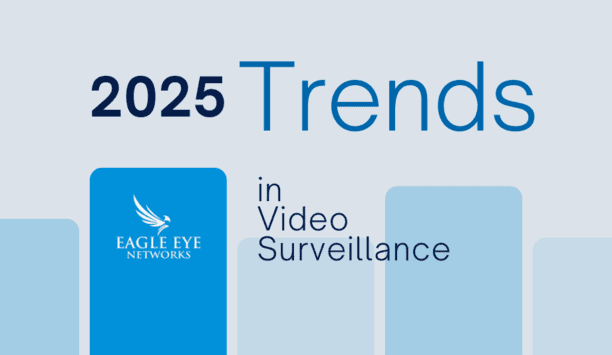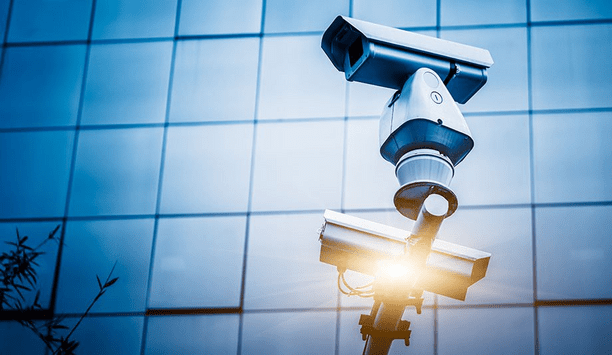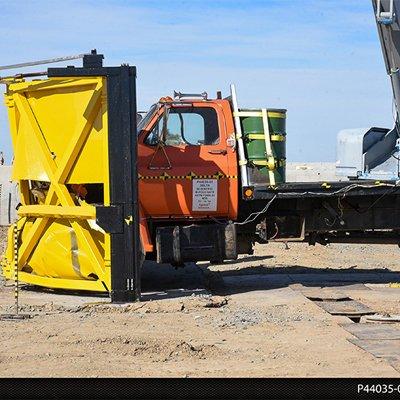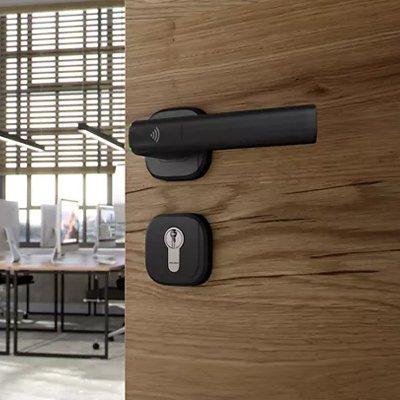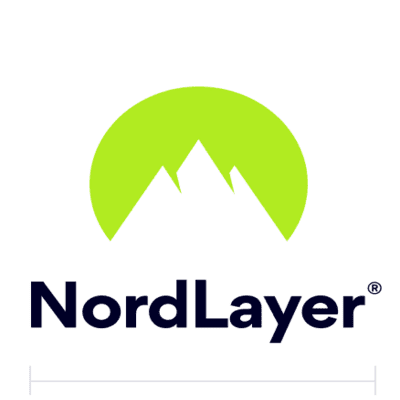 |
| Access control and alarm worlds are going digital and plugging into the network |
Open tech standards are integrating diverse security technology systems — and security people — into the corporate mainstream
The digital technology revolution has begun to course through the public and private worlds of government and commerce, replacing old analogue technology. Chief among the many benefits of digital over analogue is the ability to integrate diverse technologies into single powerful — and often less redundant and less expensive systems.
Beneficiaries of the digital revolution include end-users of security — security departments and facility directors responsible for security at large and small companies and institutions.
“In the past, many different systems — access control, intrusion alarms, video surveillance and other systems — all sent data to central security locations, but each had to be monitored from separate work stations,” says J. Kelly Stewart, managing principal and CSO with Leesburg, Va.-based Newcastle Consulting, LLC.
All that is changing now, continues Stewart. IP video cameras have been available for about 20 years, and many end-users have converted. Many more plan to convert as they refresh their camera equipment.
Current improvements include digital megapixel cameras that collect and store tremendously detailed video that users can zoom in on from the control panel without the need for a zoom lens. IP cameras simply connect to nodes on ubiquitous network cabling, vastly simplifying installation.
Integration and return on investment
The big digital news is that the access control and alarm worlds are now going digital and plugging into the network. Once on the network, physical security information management (PSIM) systems can integrate all security systems onto a single user interface.
"Open standard security technology also makes it |
“This also goes to cost,” Stewart adds. “While some integration systems cost hundreds of thousands, newer systems now offer true integration at an affordable cost.”
Open standard security technology also makes it possible to integrate security technology with other building systems and corporate needs to begin to make a meaningful return on the investment in security technology.
For example, the access control system can communicate with the lighting and heating, ventilating and air-conditioning system and turn on the lights and heat — or air-conditioning — for employees that need to work in their offices at night or over a weekend.
Equally important, security technology can begin to perform corporate tasks. Video and access control systems can count customer traffic in stores and malls, identify long lines in, say, airport security stations, and alert officials to the need for additional stations.
Integrating security people
New technical capabilities plus the difficulties and risks at large in the modern world have led to another kind of integration: security professionals have been integrated into C-suite discussions across the corporate world.
“Security has never been at the table in the past,” says Stewart. “Today, security is gaining a seat at the table to advise on risk management, safety and security.
"Current improvements include digital megapixel cameras that collect and store tremendously detailed video that users can zoom in on from the control panel" |
“Company security directors are less and less the old ‘guns, guards and gates’ people and more and more chief risk management officers. Corporate officials have come to see that physical and logical security touches every department in the corporation.”
For instance, a Human Resources department faces a number of risks in the areas such as privacy and workplace violence. “Of course, only the people within the departments will understand their risks completely, so the security team needs their information for a strategy for particular departments and the overall corporation,” Stewart says.
In short, digital technology is changing the nature of the security conversation for end-users. The old conversation aimed to work out problems created by the inability of proprietary technologies to integrate into a single system.
Digital technology has made technological integration a foregone, no-hassle conclusion. The conversation today is among corporate departments, C-Suites and security professionals. It aims to identify and mitigate risks to people, property, business continuity and other corporate activities.
And that’s the way it should be.




